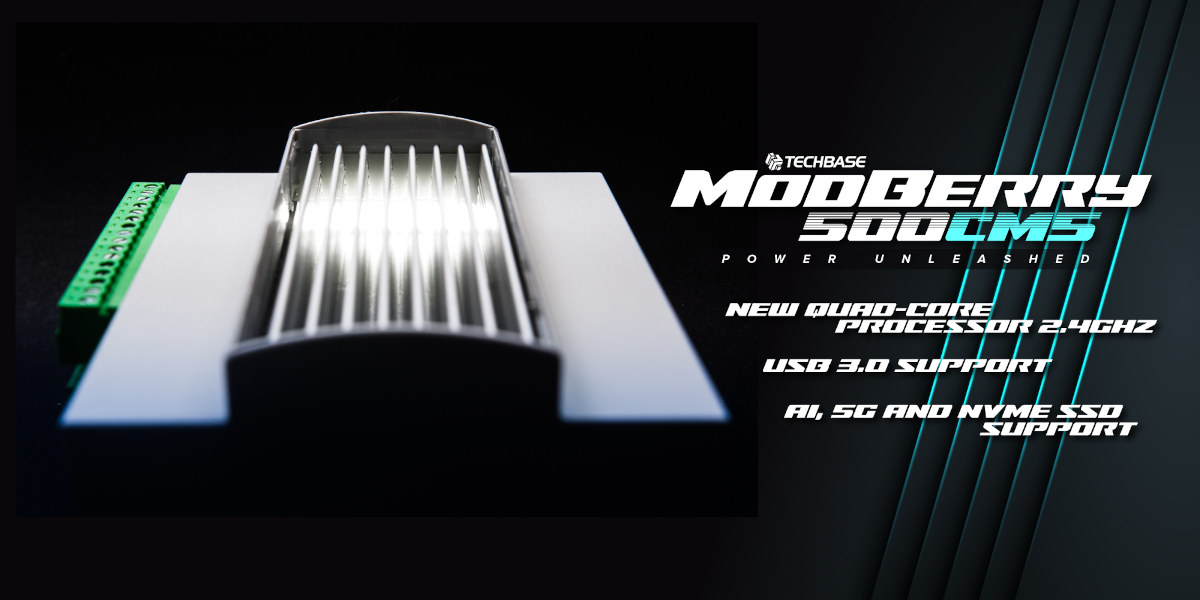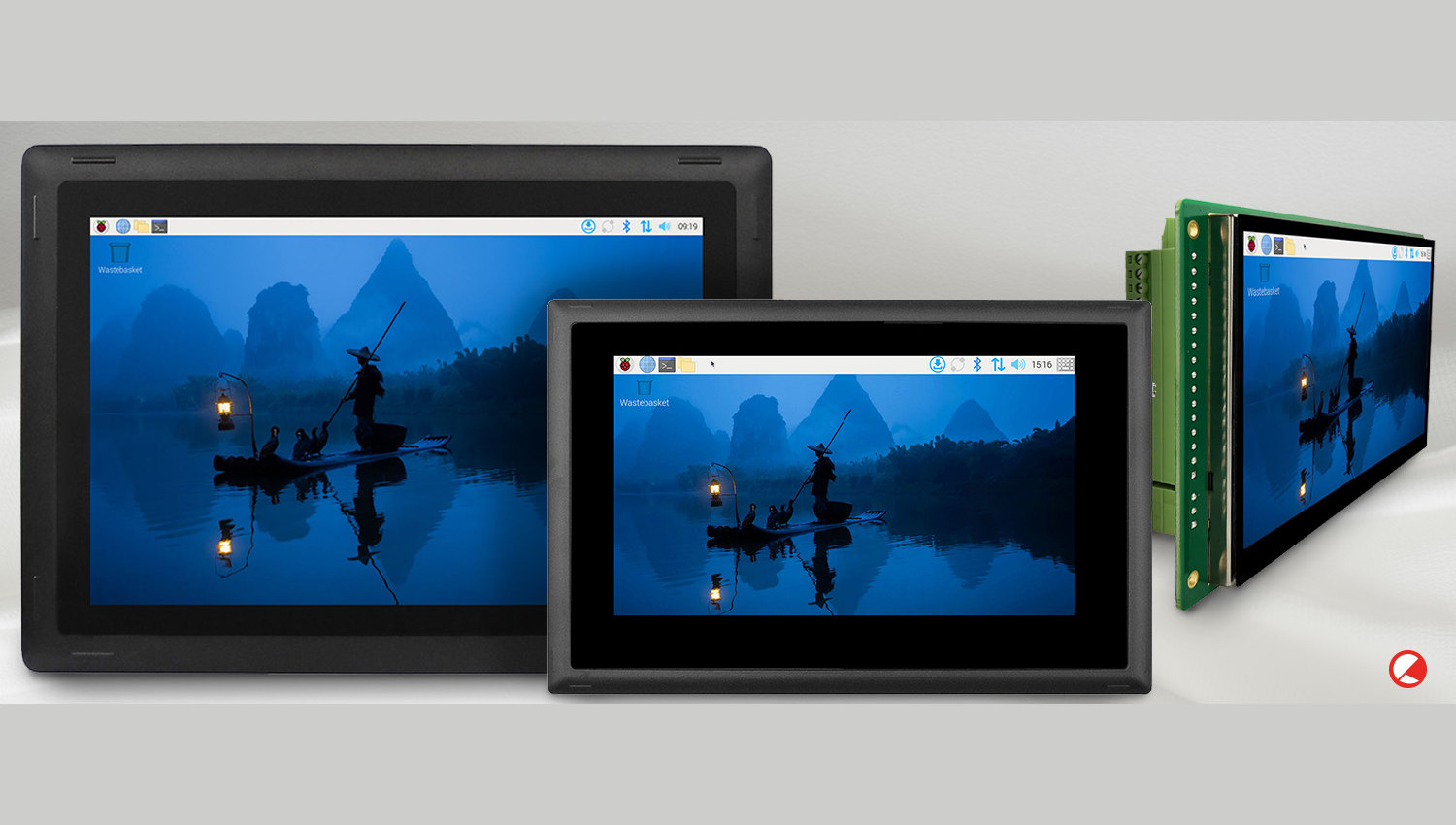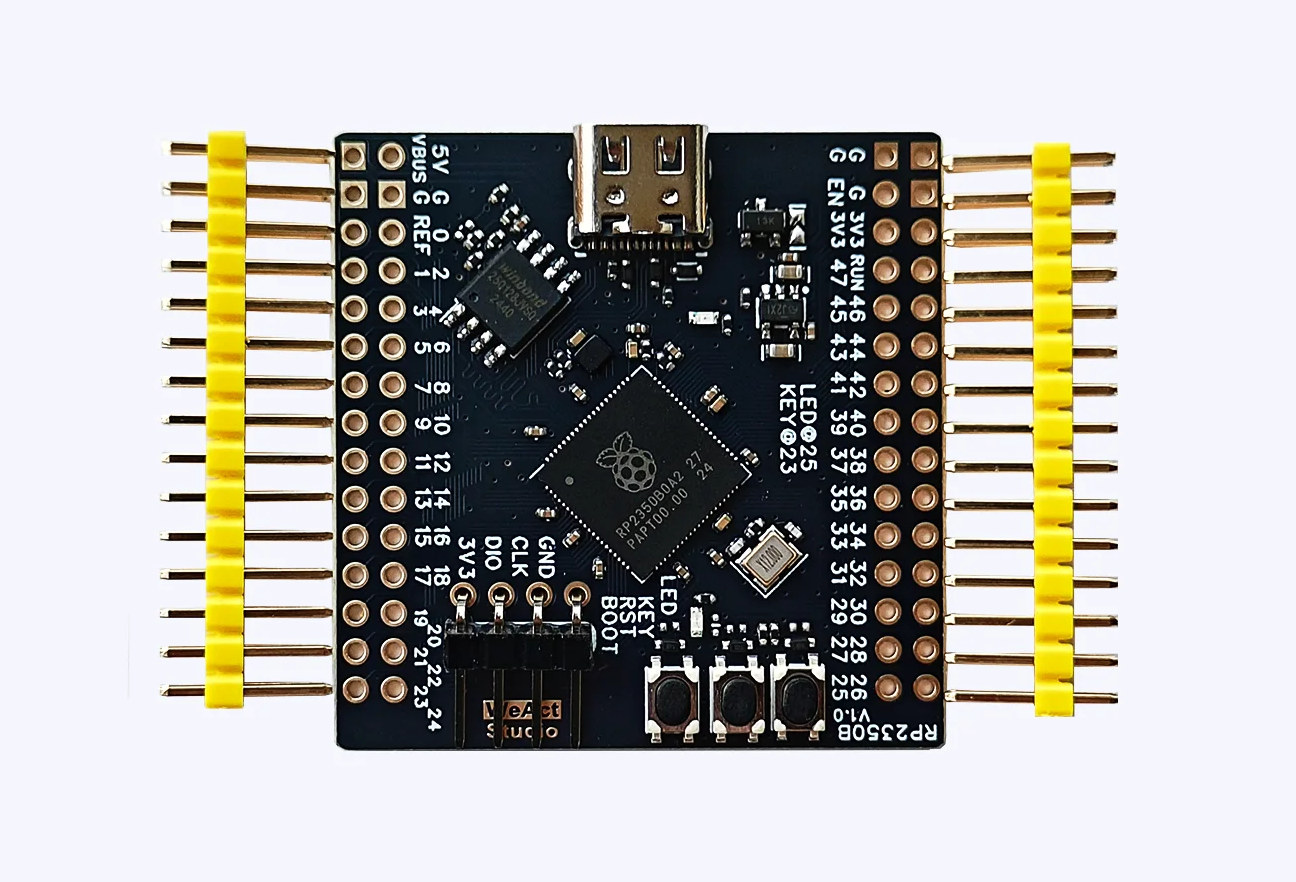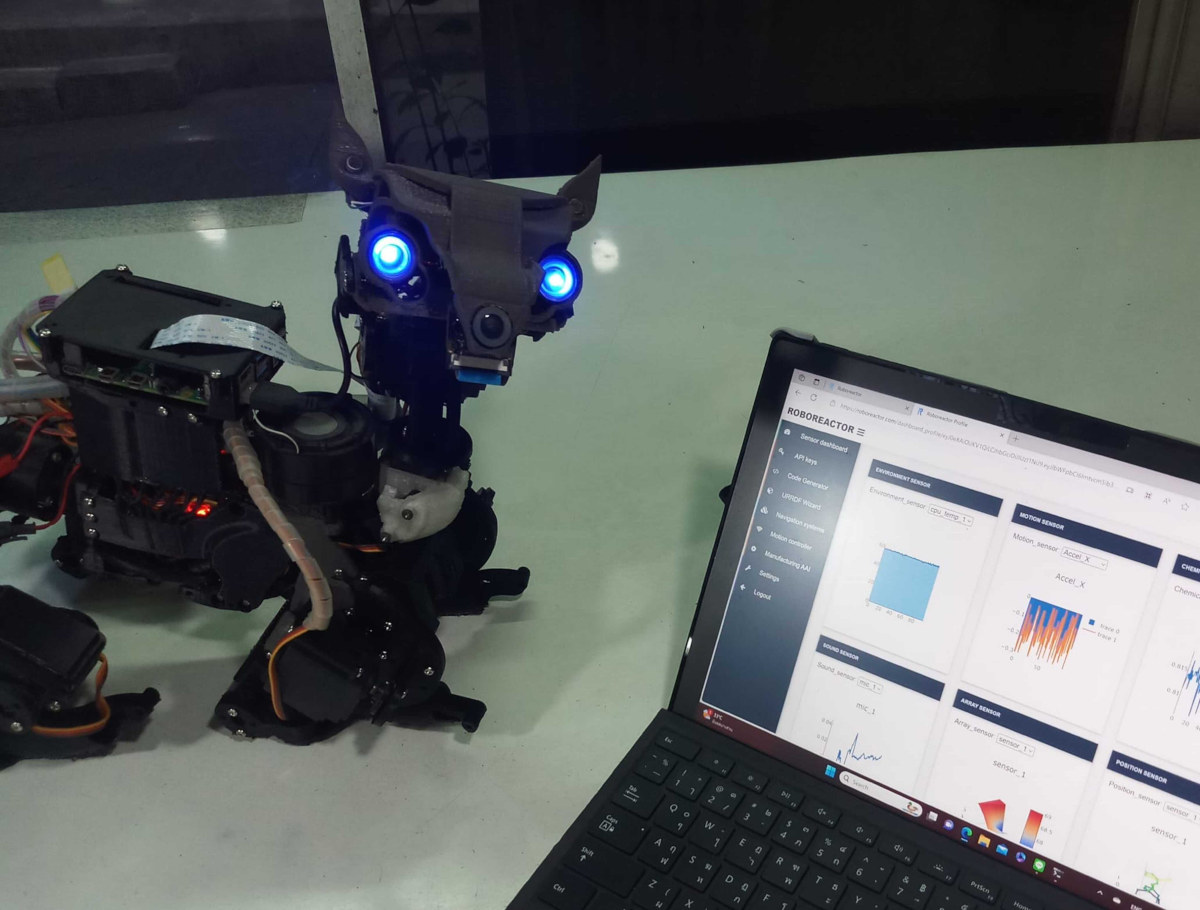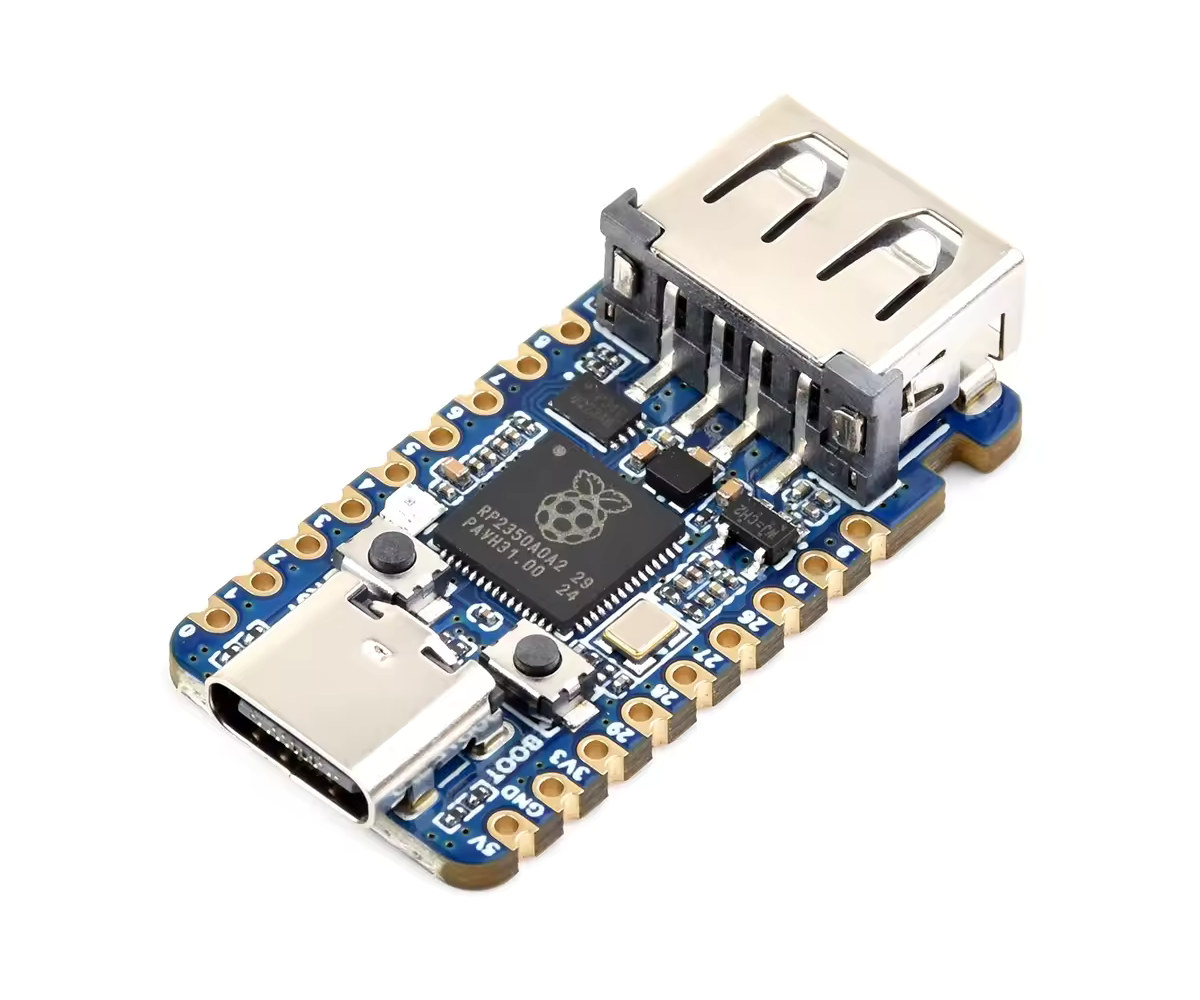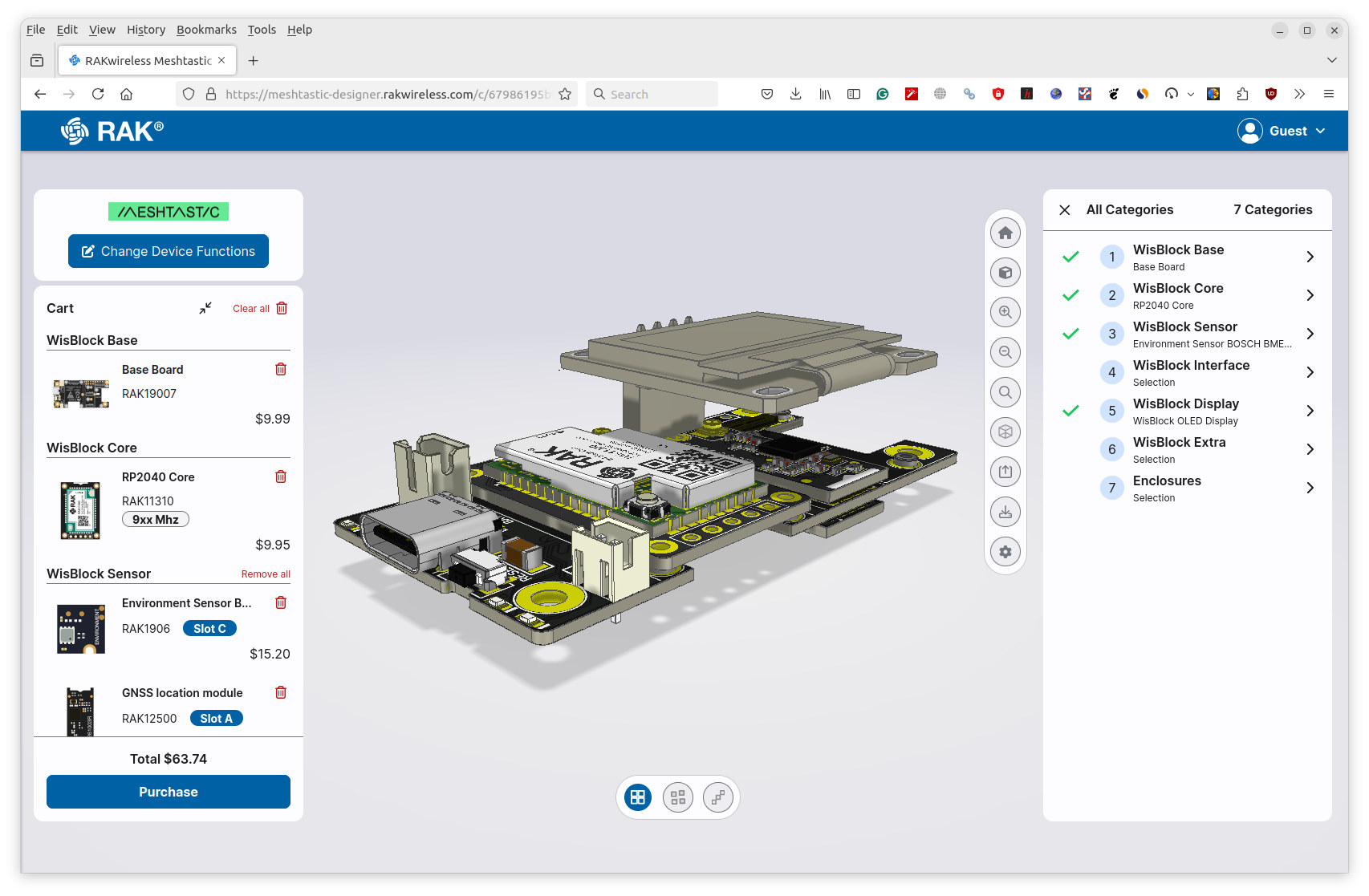The FOSSASIA Summit is the closest we have to FOSDEM in Asia. It’s a free and open-source event taking place each year in Asia, and FOSSASIA 2025 will take place in Bangkok, Thailand on March 13-15 this year. It won’t have quite as many speakers and sessions as in FOSDEM 2025 (968 speakers, 930 events), but the 3-day event will still have over 170 speakers and more than 200 sessions. Most of the sessions are for high-level software with topics like AI and data science, databases, cloud, and web3, but I also noticed a few sessions related to “Hardware and firmware” and “Operating System” which are closer to what we cover here at CNX Software. So I’ll make a virtual schedule based on those two tracks to check out any potentially interesting talks. None of those sessions take place on March 13, so we’ll only have a schedule for March […]
ModBerry 500 CM5: A Leap Forward in Industrial IoT Automation (Sponsored)
The ModBerry 500 series from TECHBASE has long been a staple in the industrial IoT automation market, known for its reliability and versatility. The upcoming ModBerry 500 CM5, integrates the powerful Raspberry Pi Compute Module 5 (CM5), bringing significant enhancements and maintaining compatibility with previous versions. Compatibility with Raspberry Pi Compute Module 5 The ModBerry 500 series is fully compatible with the Raspberry Pi Compute Module 5, ensuring seamless integration and enhanced performance. This compatibility allows users to leverage the advanced features of the CM5, including improved processing power and expanded memory options while maintaining the robust and flexible platform that ModBerry users have come to rely on. Advantages of the ModBerry 500 CM5 in IoT Automation The ModBerry 500 series has established itself as a leading solution in the IoT automation market due to its reliability with proven track record in various industrial applications, ensuring consistent performance in harsh […]
Chipsee introduces 7-inch and 10.1-inch industrial panel PCs powered by Raspberry Pi CM5
Chipsee has introduced three new panel PCs powered by the Raspberry Pi Compute Module 5 (CM5), namely the EPC-CM5-070, PPC-CM5-070, and PPC-CM5-101, designed for automation, manufacturing, and industrial applications. The EPC-CM5-070 is a compact 7-inch open frame embedded panel PC with armored glass, the PPC-CM5-070 is also a 7-inch panel PC but with VESA/panel mounting and a rugged metal enclosure, and the PPC-CM5-101 features a 10.1-inch touchscreen display and support for an extended temperature range. Chipsee EPC-CM5-070 – A 7-inch open frame panel PC Specifications: SoM – Raspberry Pi CM5 with Broadcom BCM2712 quad-core Cortex-A76 SoC, 4GB or 8GB RAM, 32GB eMMC flash Storage MicroSD card slot M.2 M-Key 2230/2242 (PCIe Gen2 x1) socket for NVMe SSD Display – 7-inch display with 1024×600 resolution, 5-point capacitive touchscreen, 500 NIT brightness Video Output – HDMI port Audio 3.5mm audio out jack Internal 2W Speaker Buzzer Camera – Optional support Networking Gigabit […]
Tiny WeAct RP2350B Core Board exposes all 48 I/Os from the Raspberry Pi RP2350B microcontroller
WeAct RP2350B Core Board is a small (41.4×41.1mm) USB-C board exposing all 48 I/Os from the Raspberry Pi RP2350B Cortex-M33/RISC-V microcontroller through two 30-pin headers. It offers an alternative to the smaller Solder Party’s RP2350 Stamp XL (44.5 x 25.4 mm) with through and castellated holes and no USB-C port that’s better suited for soldering on a baseboard and to Olimex PICO2-XL and PICO2-XXL open-source hardware boards (50 x 28 mm). WeAct RP2350B Core Board specifications: Microcontroller – Raspberry Pi RP2350B MCU CPU – Dual-core Arm Cortex-M33 processor @ 150MHz Memory – 520KB internal RAM 8KB OTP Storage Package – QFN-80; 10×10 mm Storage 16MB QSPI flash Footprint for a second QSPI FLASH/PSRAM on the bottom side I/Os – All 48x GPIOs broken out via 2x 30-pin headers 2x UART, 2x SPI, 2x I2C 24x PWM 8x ADC 12x PIO state machines HSTX peripheral 5V, 3.3V, VREF, and GND Debugging […]
Roboreactor – A Web-based platform to design Raspberry Pi or Jetson-based robots from electronics to code and 3D files
Roboreactor is a web-based platform enabling engineers to build robotic and automation systems based on Raspberry Pi, NVIDIA Jetson, or other SBCs from a web browser including parts selection, code generation through visual programming, and generating URDF models from Onshape software. You can also create your robot with LLM if you wish. The first step is to create a project with your robot specifications and download and install the Genflow Mini image to your Raspberry Pi or NVIDIA Jetson SBC. Alternatively, you can install Gemini Mini middleware with a script on other SBCs, but we’re told the process takes up to 10 hours… At this point, you should be able to access data from sensors and other peripherals connected to your board, and you can also start working on the Python code using visual programming through the Roboreactor node generator without having to write code or understand low-level algorithms. Another […]
RP2350-USB-A – A Raspberry Pi RP2350 board with an extra USB Type-A port using a PIO implementation
Waveshare RP2350-USB-A is a small Raspberry Pi RP2350 board with a USB-C port for power and programming and a USB-A port to use the board as a USB device or host through a programmable IO (PIO) implementation. The board also features an RGB LED and two GPIO headers, which could make it useful for controlling GPIO/I2C/UART/SPI-connected devices when connected to a USB keypad or similar input. Alternatively, it could emulate a keyboard, mouse, or other USB device when connected to a host. RP2350-USB-A specifications: SoC – Raspberry Pi RP2350A MCU CPU Dual-core Arm Cortex-M33 @150MHz with Arm Trustzone Dual-core 32-bit Hazard3 RISC-V @ 150MHz Up to two cores can be used at the same time Memory – 520KB SRAM Storage – 2MB SPI flash for firmware USB USB Type-A port connected to GPIO12, GPIO13, 5V, and GND USB 1.1 Type-C port for power and programming Expansion – 2x 9-pin 2.54mm […]
V-Link leverages GMSL2 to extend Raspberry Pi camera with up to 15-meter cable (Crowdfunding)
Videtronic’s V-Link is a compact solution designed to extend the range of Raspberry Pi MIPI DSI cameras using GMSL2 (Gigabit Multimedia Serial Link v2) technology with up to 15-meter cables. We covered this type of solution in several NVIDIA Jetson Nano development kits and embedded computers, but never for the Raspberry Pi SBC. The V-Link relies on a MAX96717-based MIPI CSI-to-GSML2 board that connects to the MIPI CSI connector on the Raspberry Pi and a MAX96714-based GSML2-to-MIPI CSI board connected to the Raspberry Pi Camera Module. The solution provides an alternative to THine THSER101 Raspberry Pi camera extension kit that works with LAN cables up to 20 meters long. V-Link specifications Transmitter board Analog Devices MAX96717 CSI-2 to GMSL2 Serializer MIPI CSI input connector GSLM2 output connector Receiver board Analog Devices MAX96714 Single GMSL2/GMSL1 to CSI-2 Deserializer GSLM2 input connector MIPI CSI output connector to Raspberry Pi Camera Module Compatibility […]
Meshtastic Designer helps you build custom Meshtastic solutions with RAKwireless Wisblock components
RAKWireless introduced the Wisblock IoT Modular System in 2020 to let developers easily create LoRaWAN IoT solutions with various core modules, baseboards, and sensor/IO modules. The company kept adding new Wisblock modules year after year, and there are now over 120 modules part of the Wisblock ecosystem. While the large choice of modules makes designing IoT prototypes more flexible, customers often face challenges in checking compatibility and selecting the right modules for the right slots. That’s why RAKWireless has been working on web-based online designer tools for the Wisblock ecosystem. The first release is the Meshtastic Designer used to quickly configure and create their own Meshtastic devices from the module to enclosure, and place an order from there once the design is complete. I’ve given it a quick try myself. I wanted a Meshtastic device with a display, a keyboard, a GNSS module, and an air quality sensor since the […]



